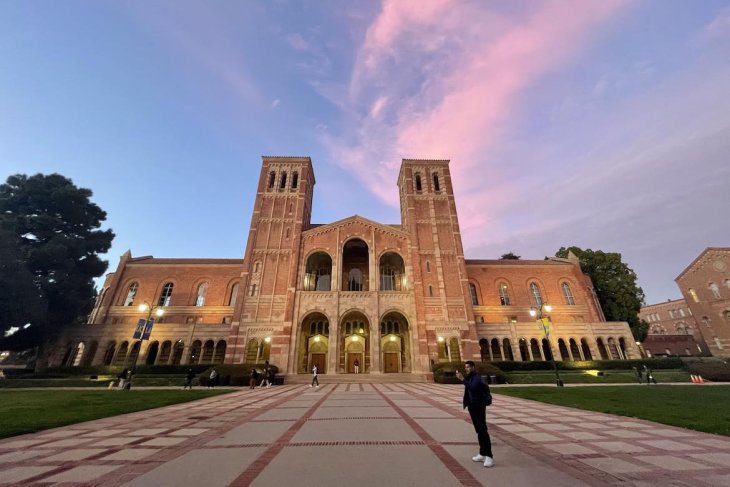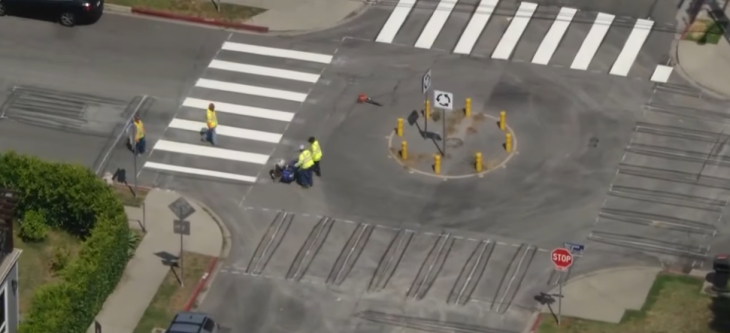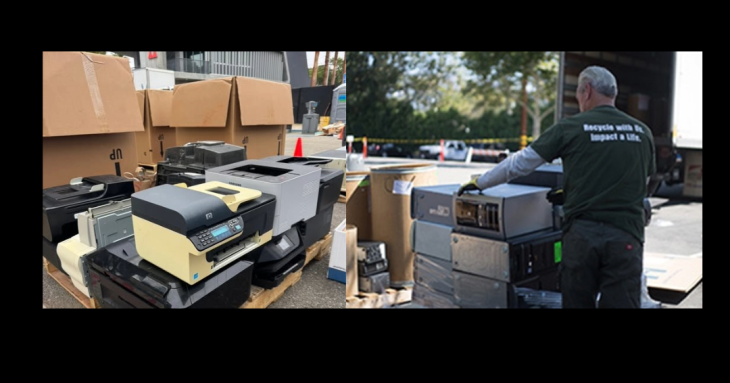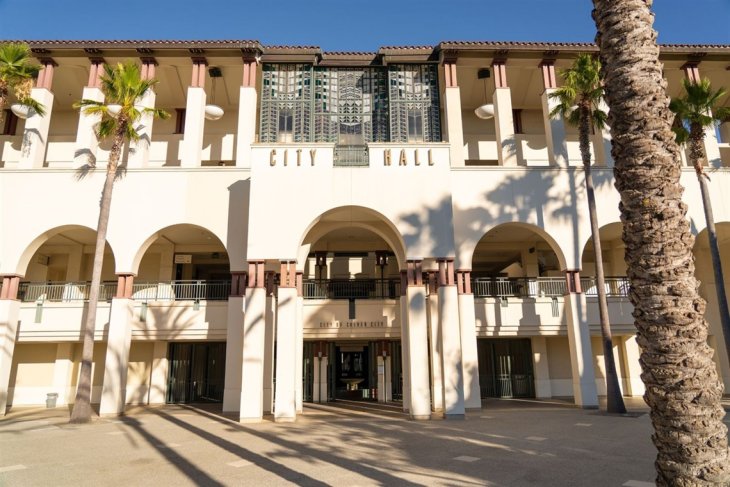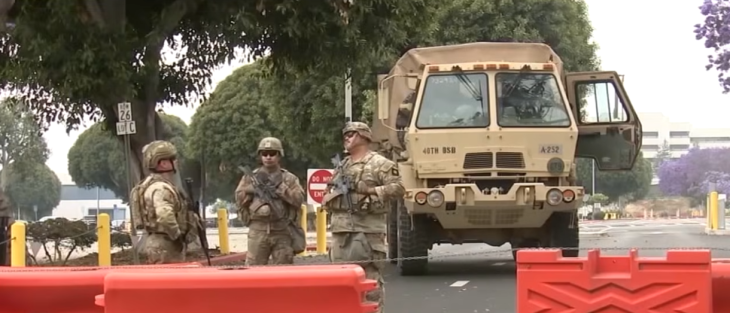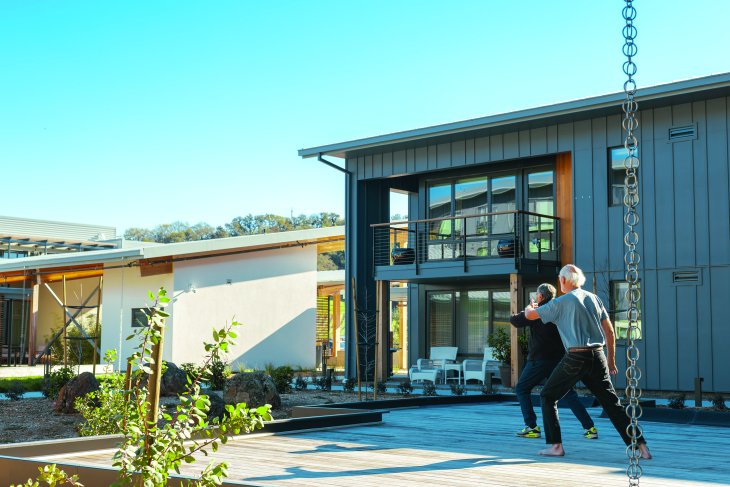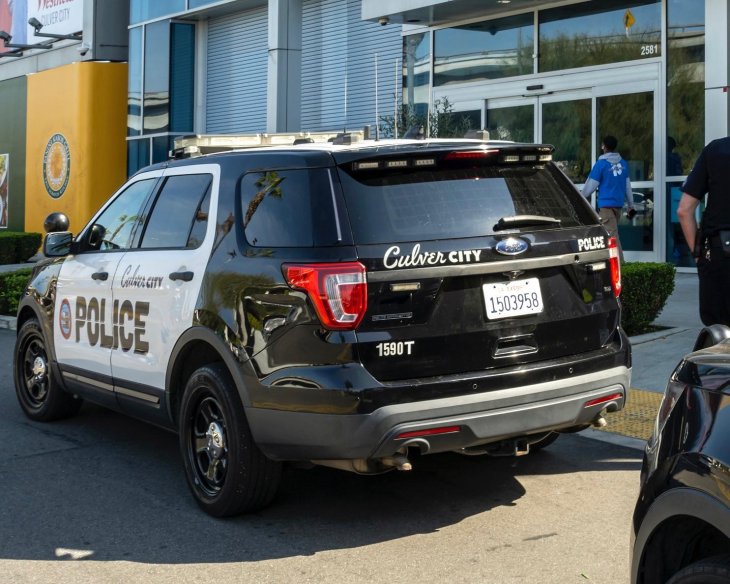On the day the state Water Resources Control Board decided to keep emergency drought restrictions in place, the head of the Los Angeles Department of Water and Power Wednesday urged customers to continue conserving water despite the recent rain and improved snowpack in Northern California.
“We welcome this winter weather, but one good year of rain does not erase six years of drought,” LADWP General Manager David H. Wright said.
“The water supply picture looks much more encouraging, but we need to think longer term and continue to make water conservation a way of life,” he said. “The coming weeks will help paint a more accurate picture of our supplies for next year, but with climate change and another record hot year globally, we cannot count on future years to be this generous. We need Angelenos to keep the conservation mindset that has grown stronger in recent years and keep using water efficiently.”
LADWP officials said initial measurements of the Eastern Sierra snowpack, which in a typical year provides nearly one-third of the water for the city via the Los Angeles Aqueduct, are at more than twice the average level for this time of year, although the results are preliminary.
Estimates of stormwater capture rates in the Los Angeles basin are also high, with 6.46 billion gallons captured, which is enough to supply 59,496 homes for one year, LADWP said.
During the height of the drought, the Los Angeles Aqueduct delivered little to no water to the city, which had to purchase more expensive water from the Metropolitan Water District, but LADWP said this year’s snowpack is expected to refill regional reservoirs and “dramatically increase supplies from the Owens Valley through the Los Angeles Aqueduct.”
“We are blessed with a lot more rain locally and snow in the Sierras this year,” said Richard Harasick, LADWP senior assistant general manager.
“But we cannot count on it next year or the year after. That’s why we need to expand our local stormwater capture capabilities through large infrastructure projects like the one underway at Tujunga spreading grounds, but also through smaller, local projects that capture water and allow it to percolate down to the natural storage we have in the San Fernando Valley Aquifer and other underground aquifers locally. We are saving for those `non- rainy days’ when we invest in local storage and foster programs like sustainable landscaping.”
Despite the improved water conditions, the state Water Resources Control Board opted Wednesday to keep the state’s emergency drought regulations in place and revisit the issue in May. The board relaxed the regulations last May, eliminating state-imposed reductions in usage by most local water agencies.
The Metropolitan Water District of Southern California had called on the state board to cancel the restrictions, saying the state was no longer in a “drought emergency.”
“But, while the emergency has ended, the need to conserve has not,” MWD General Manager Jeffrey Kightlinger said. “Every drop of water saved is a drop we can put into storage to be better prepared for the next dry year. And we need it. All but two of the last 10 years have been dry, depleting our storage levels. Southern Californians learned a lot about water conservation during the latest drought. We cannot afford to forget those lessons.”




